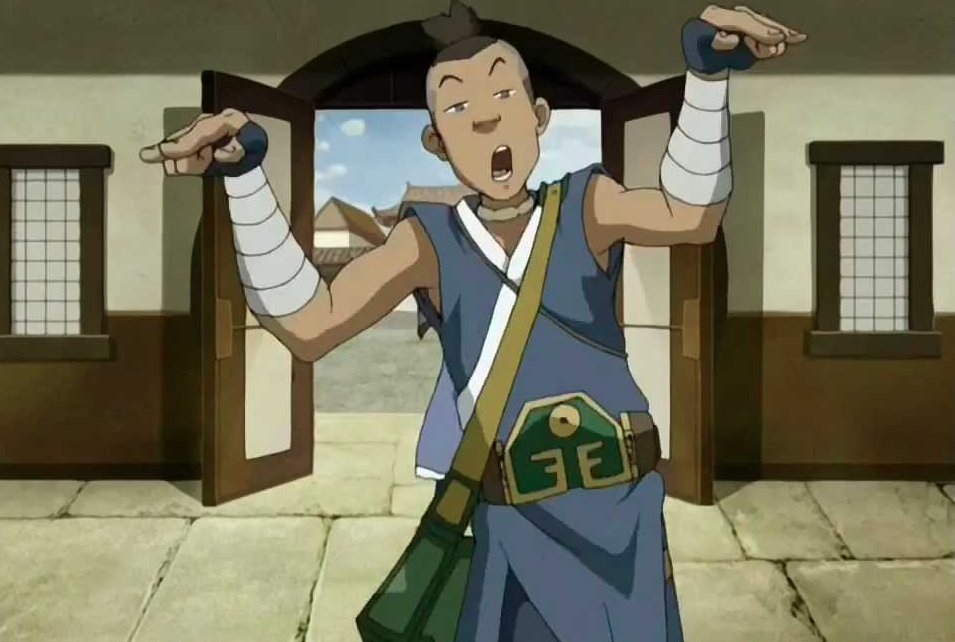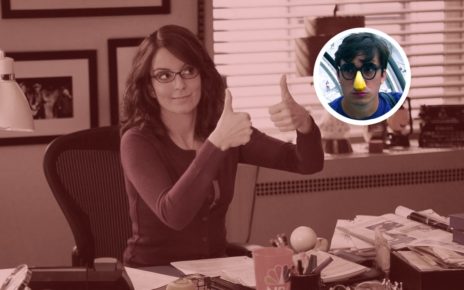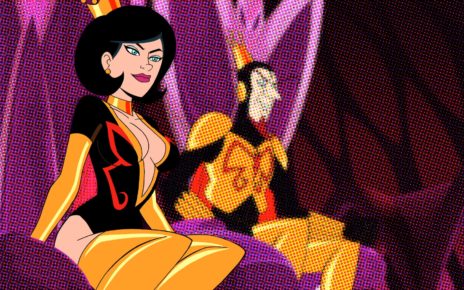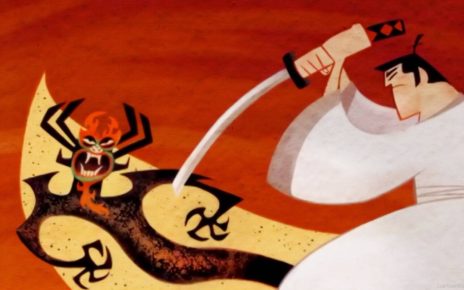
The Avatar universe runs rampant with incredible waterbenders skilled in unique movements and filled with inspired techniques. Yet the Water Tribe itself is home to a number of memorable characters who don’t need to bend the elements to leave a lasting impression. The Water Tribe itself is a mindset: a vigorous moral code that values family, goodwill, and innovation.
It’s time to explore the characters that may or may not live up to that code by showcasing the nonbending characters who are still in our hearts today. As with our previous piece in the same vein, only characters with appearances — or, well, references — within the TV series Avatar: The Last Airbender or The Legend of Korra may apply, with apologies to Dark Horse comics.
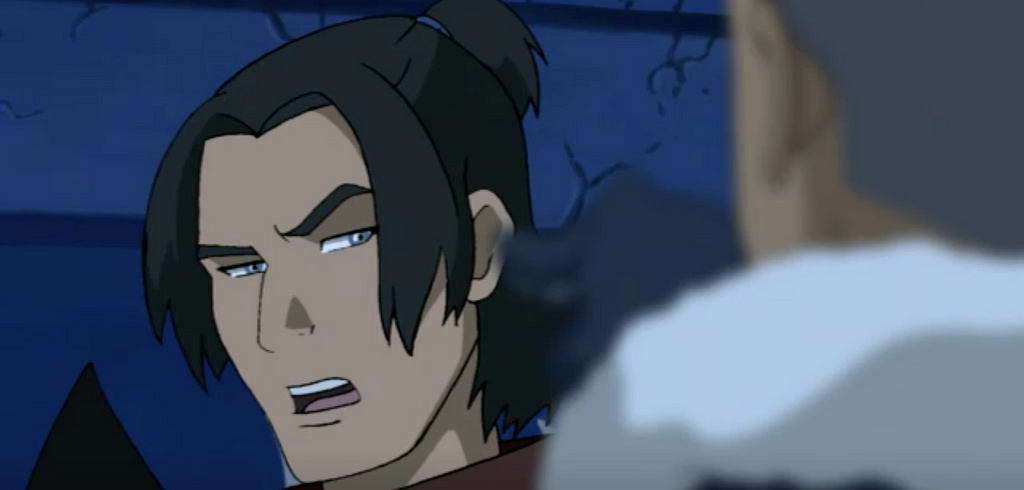
10. Hahn
It wasn’t even contest who would end up on the bottom of this list. In nearly every sense, Hahn is the worst. A high-ranking solider of the Northern Water Tribe, Hahn is self-obsessed and materialistic, focused more on boosting his own reputation than maintaining his honor. He distrusts Sokka in battle simply because he is more knowledgeable of the Fire Nation, and in his arranged engagement only wants to marry Princess Yue for the “perks” of her royal position. Hell, he can’t even seem to get anyone’s name right. (Sohka? Admiral Choy?) Hahn’s only redeeming quality seems to be that he is not afraid to rush into battle—but even that speaks more to his arrogance rather than bravery. He is a one-note character who’s only real job in the grand narrative is to be an obstacle in Sokka and Yue’s romance. He’s the worst.
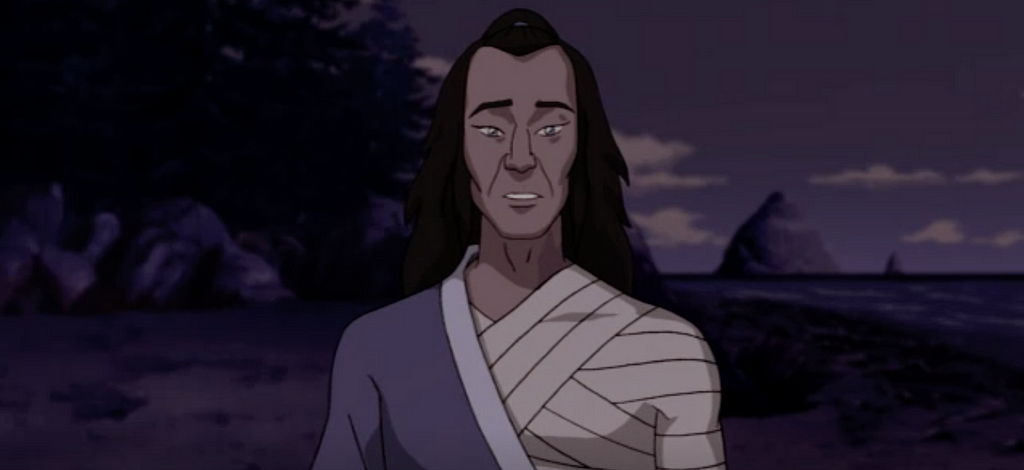
9. Bato
A close family friend to Katara and Sokka’s family, Bato is a kindhearted man who represents Katara and Sokka’s ties to the Southern Water Tribe. He passes on valuable lessons of loyalty and family, and even takes Sokka on a meaningful, impromptu ice dodging trip as a right of passage. To our Water Tribe heroes, Bato is a welcome taste of home. To everyone else, he’s not exactly as appreciated.
Although he clearly a good soul, Bato’s primary episode does slow down the momentum of the show for a small bit. Having someone from home enter the mix is a good test for our heroes, but it didn’t need to happen exactly the way it did. It is understandable that all three Southern Tribe members are excited about their reunion, but ultimately, Bato could have been a little more inclusive with Aang, or spoken out with his wisdom at more crucial times to avoid potential conflicts. Bato himself may be a good man, but his role in the show doesn’t quite show that—and that’s what holds him back on this list.

8. Arnook
The respected chief of the Northern Water Tribe in the early years of Aang’s time as Avatar, Arnook is a stable leader. He values family and community, offers wisdom to our heroes, and is steadfast in his preparation for the imminent Fire Nation attack. However, he arranges a marriage for his own daughter, Yue, proving that he is tied down to regressive tradition, and allows the inexperienced (and obnoxious) Hahn to lead the charge over Sokka— a decision that is questionable at best.
In the end, though, Arnook is faced with the terrible burden of knowing that his daughter sacrificed her life for the greater good, and proudly yet sadly accepts her transition to the spirit world. He’s an OK dad and an OK nonbender.

7. Naga
The Legend of Korra’s answer to Avatar: The Last Airbender’s Appa — and a worthy successor as that — Naga is Korra’s fiercely loyal polar bear dog. She is always at the Avatar’s side when she is needed most, and provides both a good bit of humor and a heartwarming faithfulness. She can be playful and adorable at one moment and terrifying the next. The show’s creators found a fantastic balance in Naga, and used her terrifically.
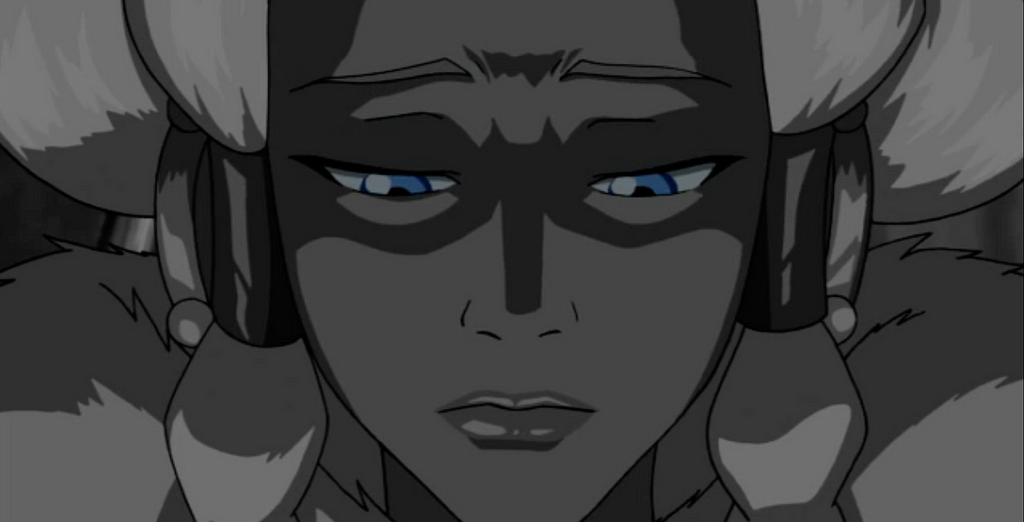
6. Yue
The princess of the Northern Water Tribe who eventually becomes the moon spirit, Yue is, ultimately, a tragic figure who sacrifices herself to restore balance to the world. Although much of her early story is focused around a romance with Sokka and her dialogue often leans on the melodramatic side, Yue is a strong-willed individual who is forced to carry the responsibilities of her tribe — and eventually the world — on her shoulders. Her sacrifice at the end of season one of Avatar is a monumental act that leaves a lasting impact on everyone and everything for the rest of the show’s run.
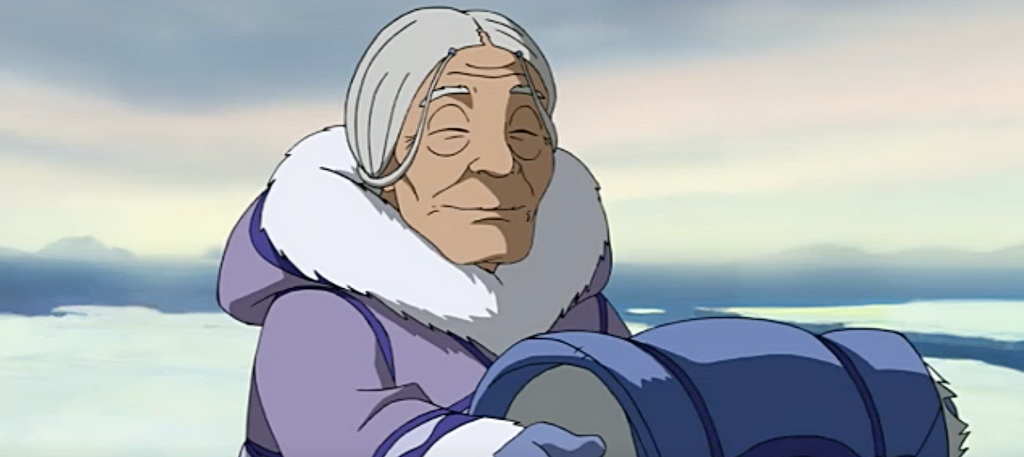
5. Kanna
Better known as Gran Gran, Kanna kicks it all off, affirming her grandchildren, Katara and Sokka, in their hunch that they are on the right path and sending them off to care for the Avatar. Though she is not in the show for too long past the first two episodes, her presence echoes throughout the rest of Avatar. Kanna’s speech on her newly-returned hope at the sight of Aang and her grandchildren at his side brings an unexpected gravity to the show, highlighting the long-lasting oppression of the Fire Nation and uplifting our new heroes all in one. It is, quietly, a highlight of the show, introducing several of its key themes.
Later on, we even get to learn more of Kanna’s history: How she left the Northern Water Tribe and her fiancé because she did not agree with the culture’s sexist laws. It couldn’t be clearer—Kanna is a badass through and through.

4. Hakoda
A strong warrior and caring father, Hakoda had reached near-legendary status before he was even introduced onscreen. But damn, did he live up to the hype. Hakoda is a natural leader—an exemplary role model for his children and soldiers alike. He played an active part in resisting the Fire Nation’s reign for years, and is instrumental in Team Avatar’s battles, but never looks to find glory for himself and always know when to give someone else his or her day. His strongest moment probably came during the eclipse invasion, when he serves as wise elder to the Avatar and his friends as they learn to accept that they have lost the battle that was meant to be their ultimate triumph. Hakoda sacrifices his freedom to ensure that the children escape the Fire Nation and allows their quest to continue—and, as such, allows hope to remain in the world. Pretty solid father moment.

3. Varrick
The definition of a scene stealer, Varrick provides The Legend of Korra with a much-appreciated blast of manic energy. An eccentric businessman with questionable loyalties and unpredictable genius, Varrick constantly keeps other characters — and the audience — on their respecitve toes. His passion and excitement are both infectious, and his logic is spectacularly insane in that, despite its circuitous absurdity, it almost always manages to somehow make sense. Varrick is the perfect parody of the Hollywood businessman who manages to find some heart and soul underneath all his pizzazz and fashion statements. He definitely did the thing.
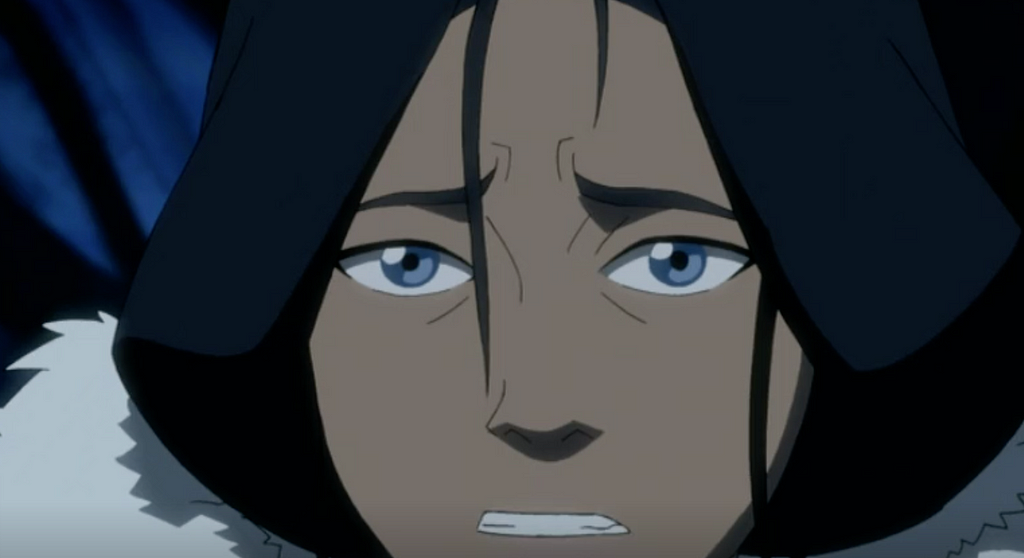
2. Kya
Although she often only alluded to by a mournful Katara or Sokka, Kya is the reason that our heroes are alive in the first place. Killed by the despicable leader of the Southern Raiders while her children are still young, we discover that Kya saved Katara’s life by telling the Raider Yon Rha that she—a nonbender—is the lone waterbender in the Southern Water Tribe. It is a terrible sacrifice that points to Kya’s selflessness, love for her children, and resoluteness as a mother. Kya’s death hangs over the series as a whole, and as such, she becomes a part of the world’s history—a symbol of bravery and sacrifice under unspeakable circumstances.
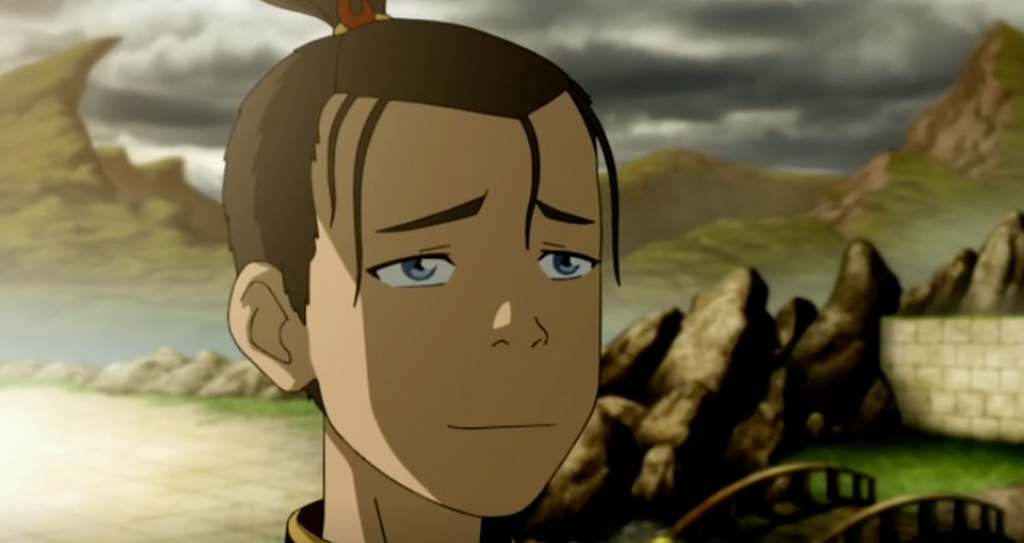
1. Sokka
Were you expecting anyone else? Not enough can be said about our favorite guy with a boomerang. While he could’ve just ended up as being the comic relief and punching bag, Sokka instead proves himself the beating heart of Avatar: The Last Airbender. He is a master planner, a capable warrior, and, most importantly, the rope that ties the team together. In many ways, he’s the most relatable character on the show, reacting to the epic events around him with the same awe-inspired reactions as every first-time viewer.
Sokka didn’t rely on bending or any special abilities to be a key player, either. Instead, he relies on his wit and (occasionally errant) insincts to creatively find solutions to a vast number of problems. By the end of the journey, in spite of Aang’s power and Katara’s courage and Toph’s earthy wisdom, he is the team’s leader, finding ways to change the world that only he could possibly find.
Yeah. Who needs bending, anyway?

Thanks for reading The Dot and Line, where we talk about animation of all kinds. Don’t forget to for this article and follow us on Twitter and Facebook.


